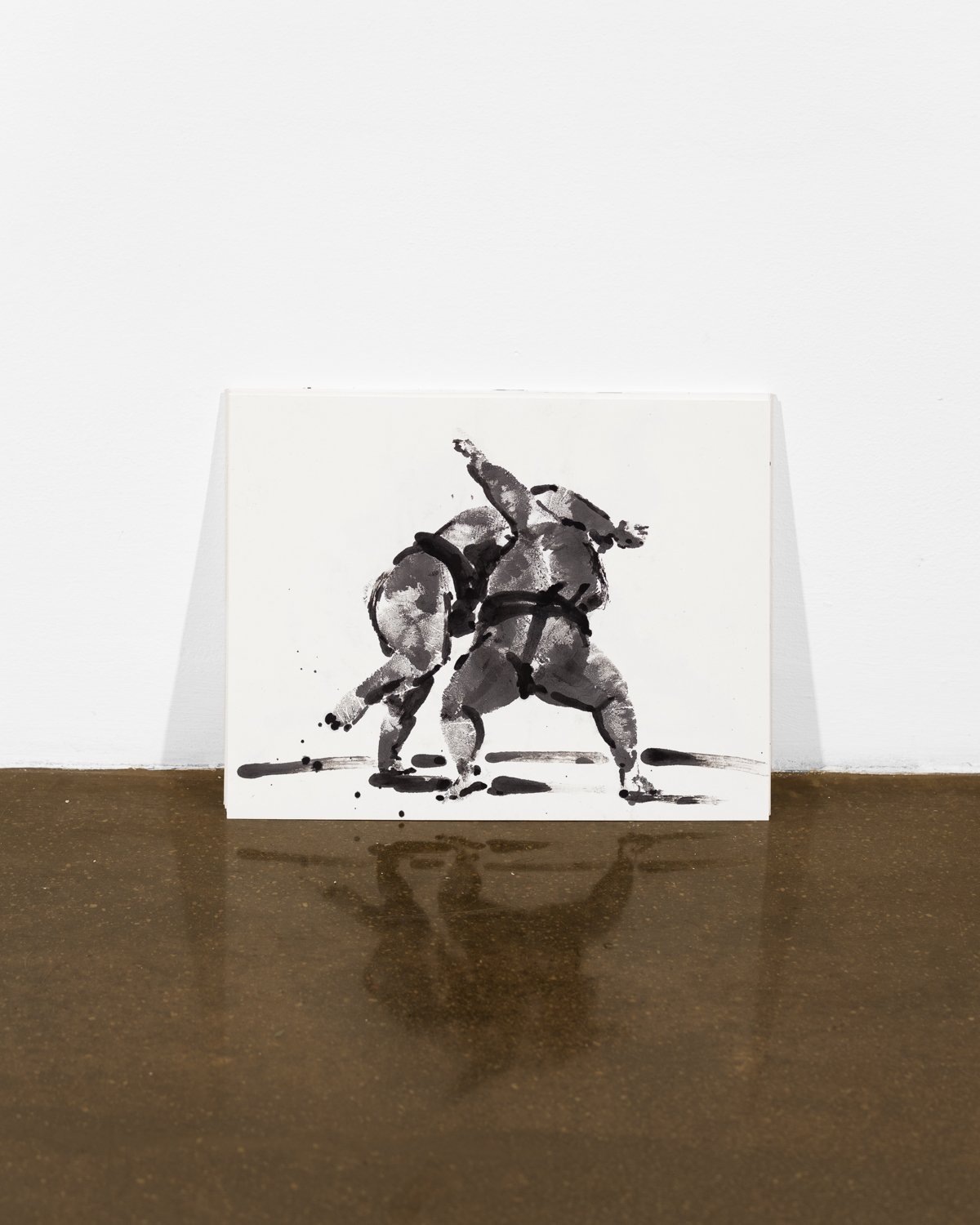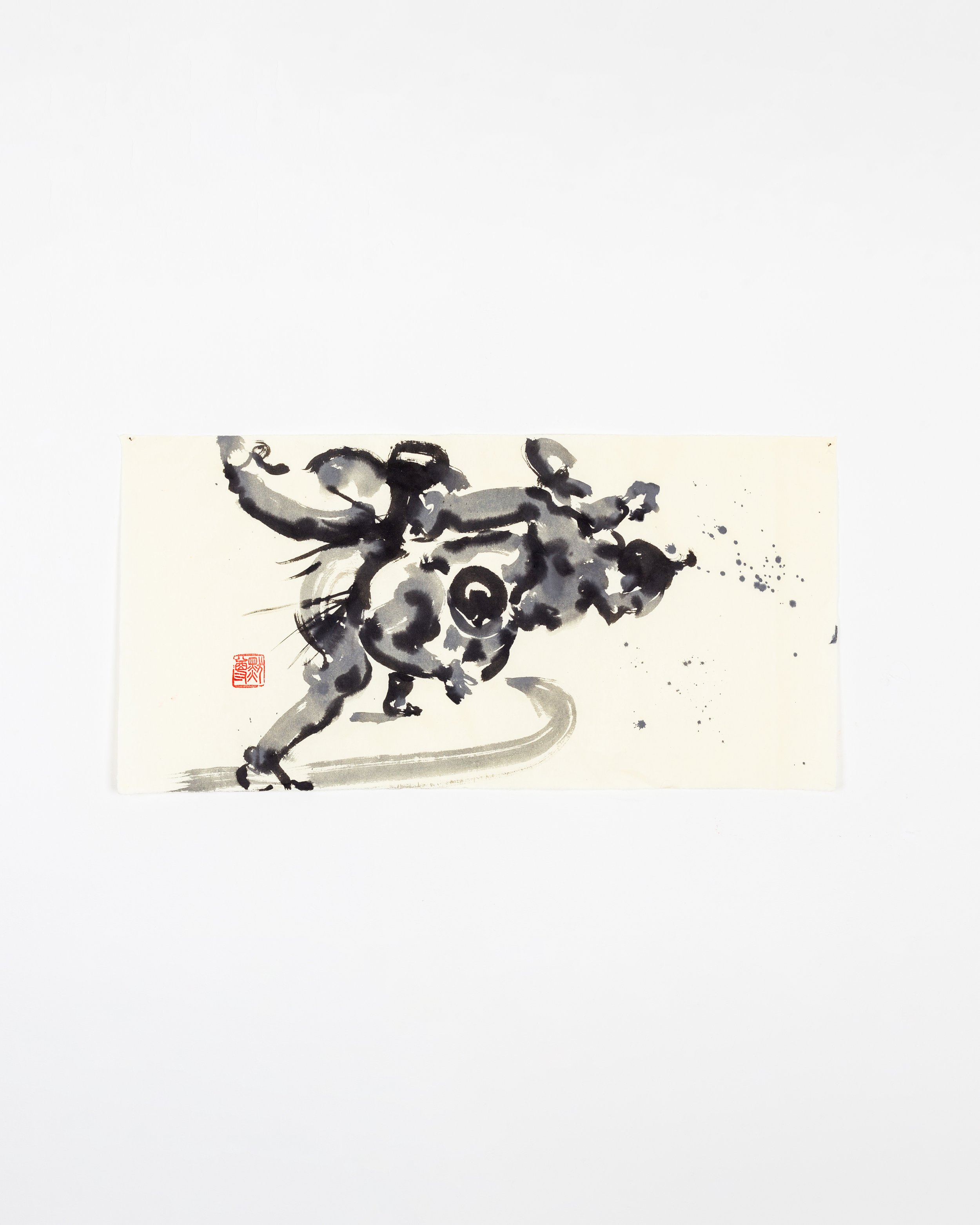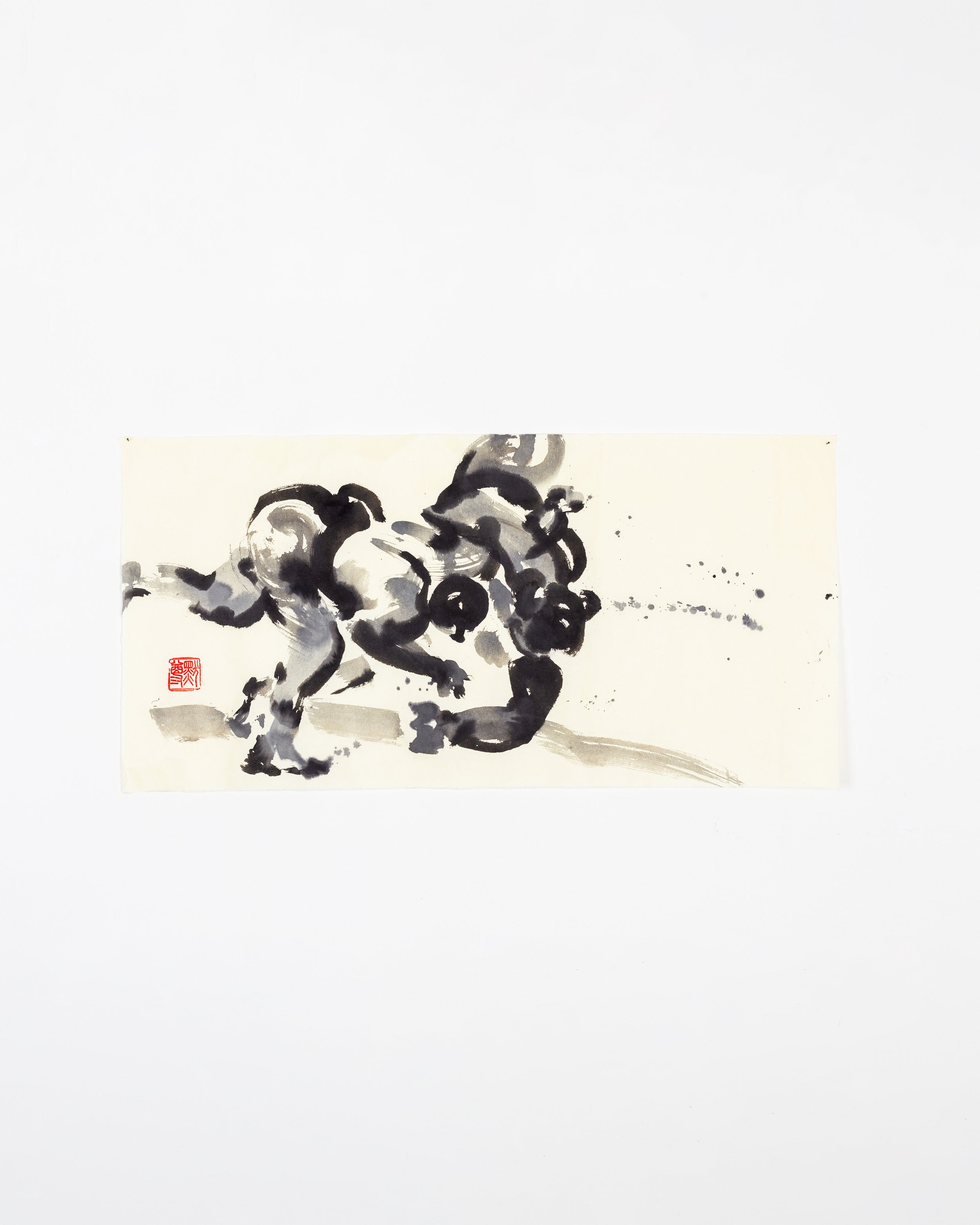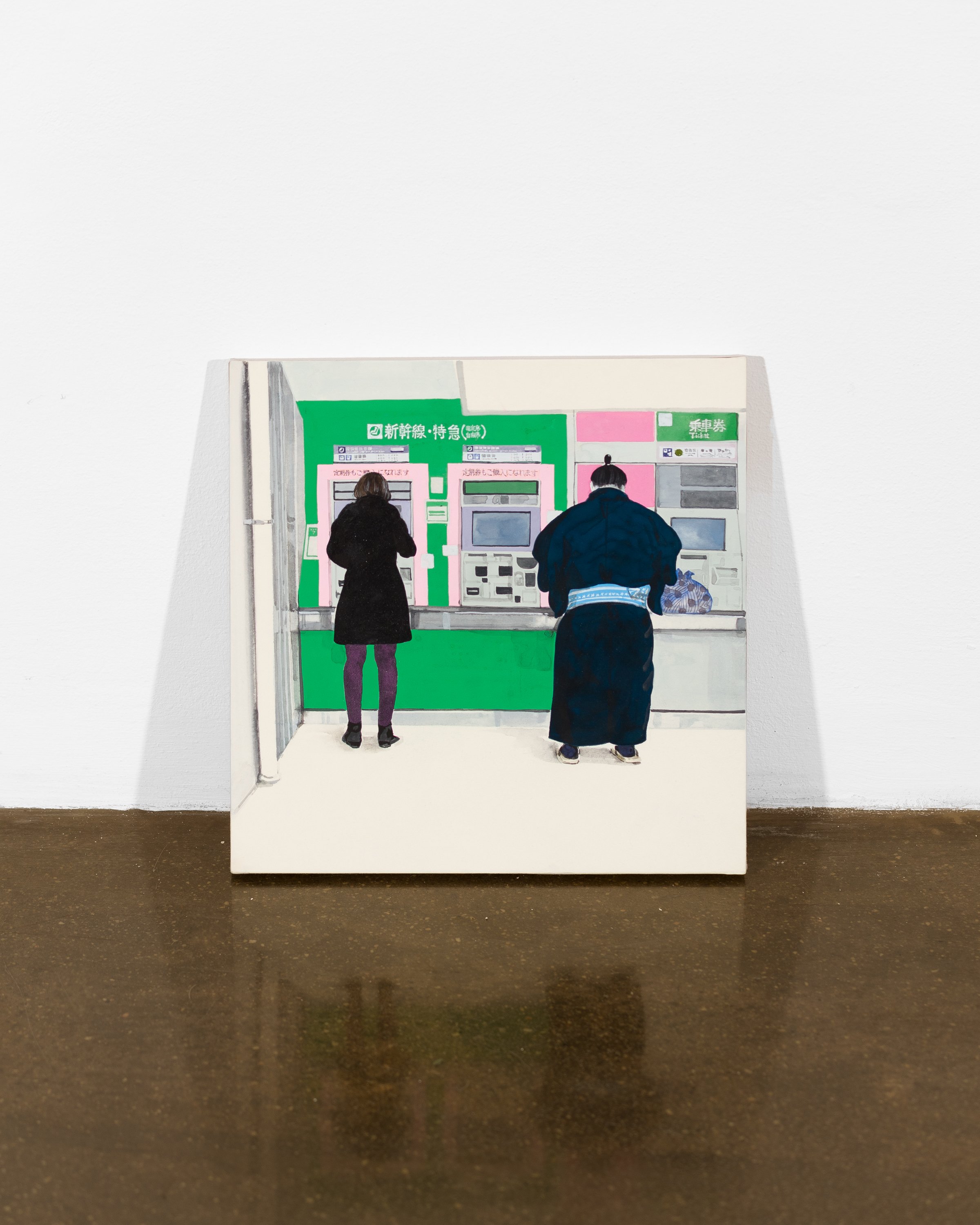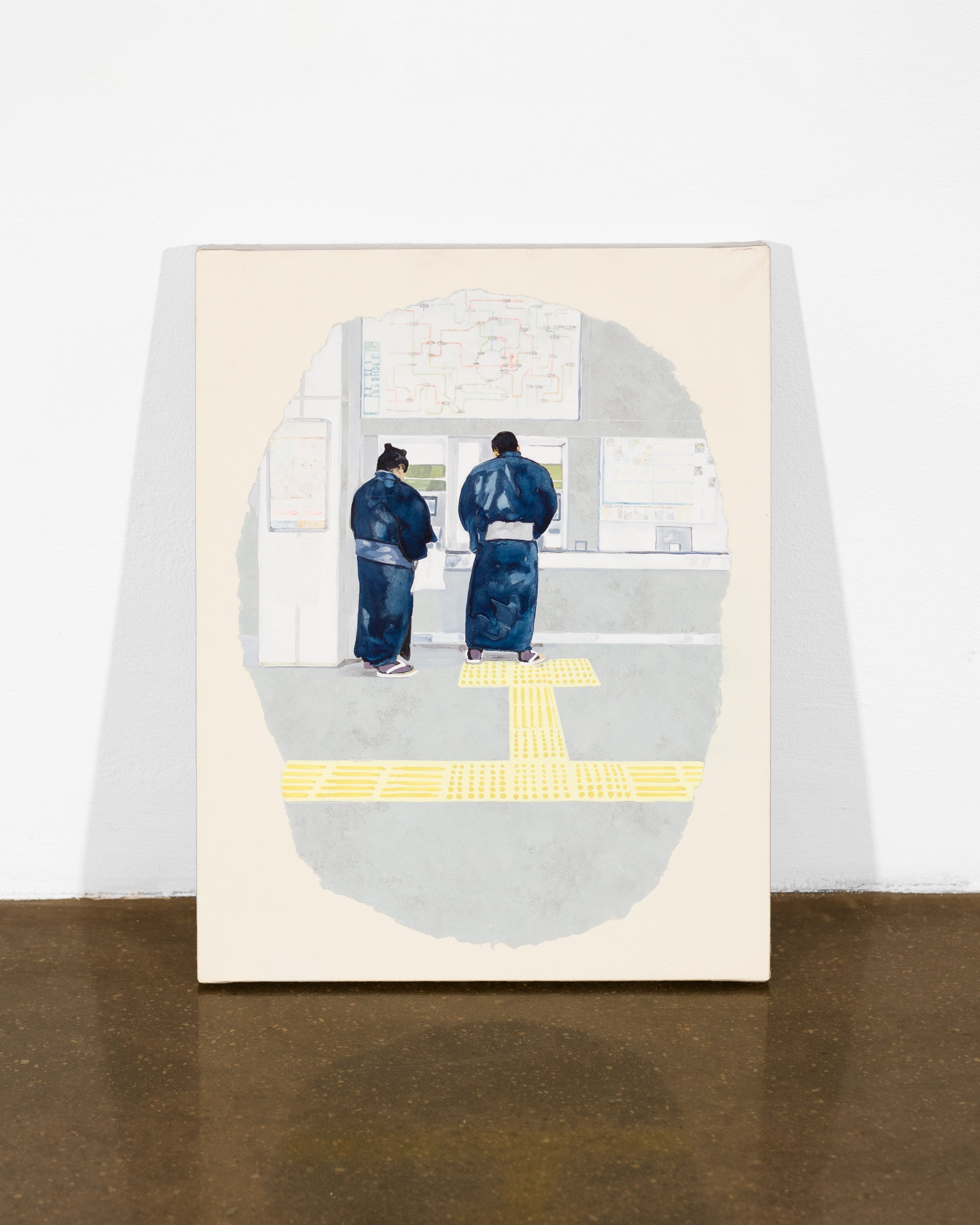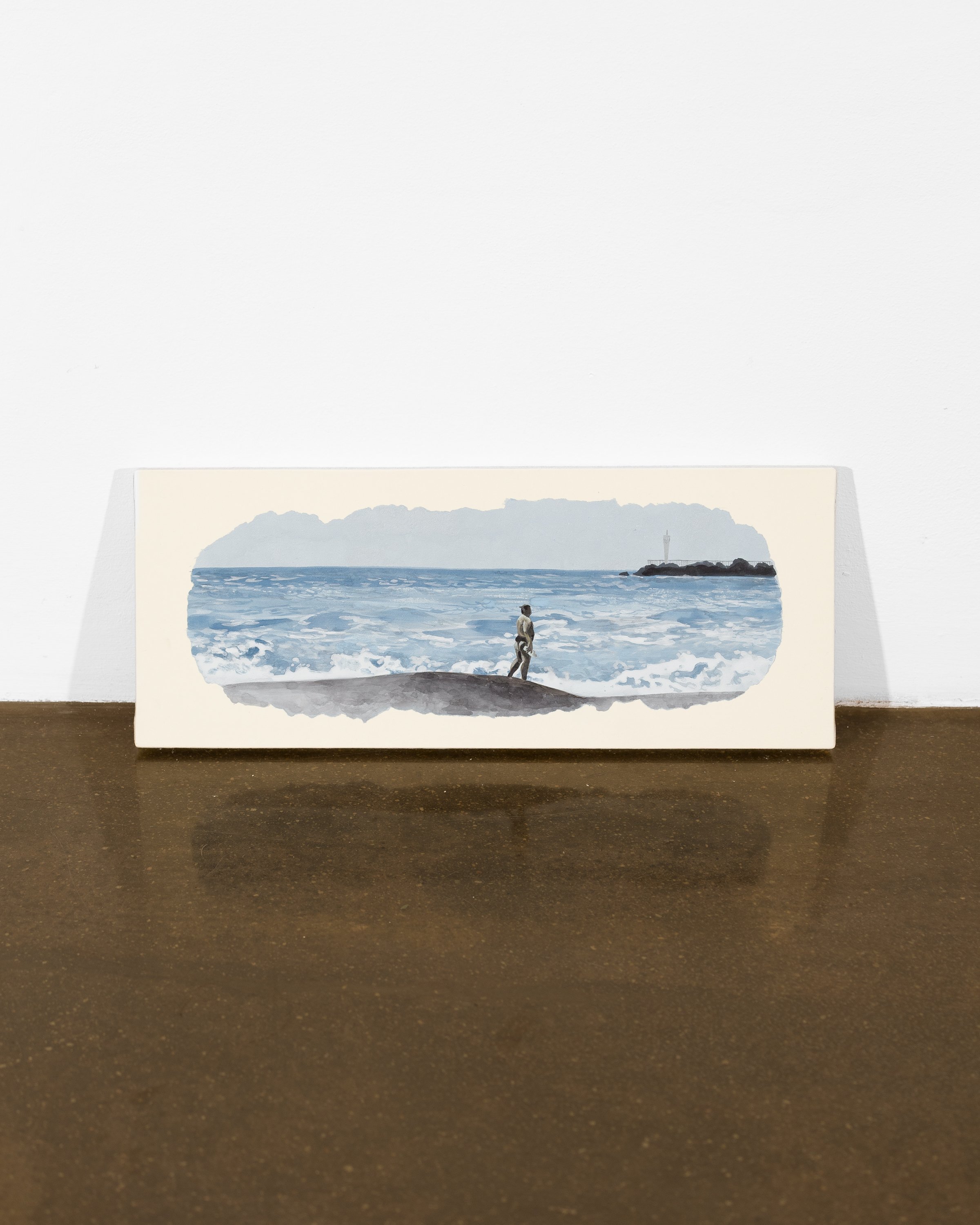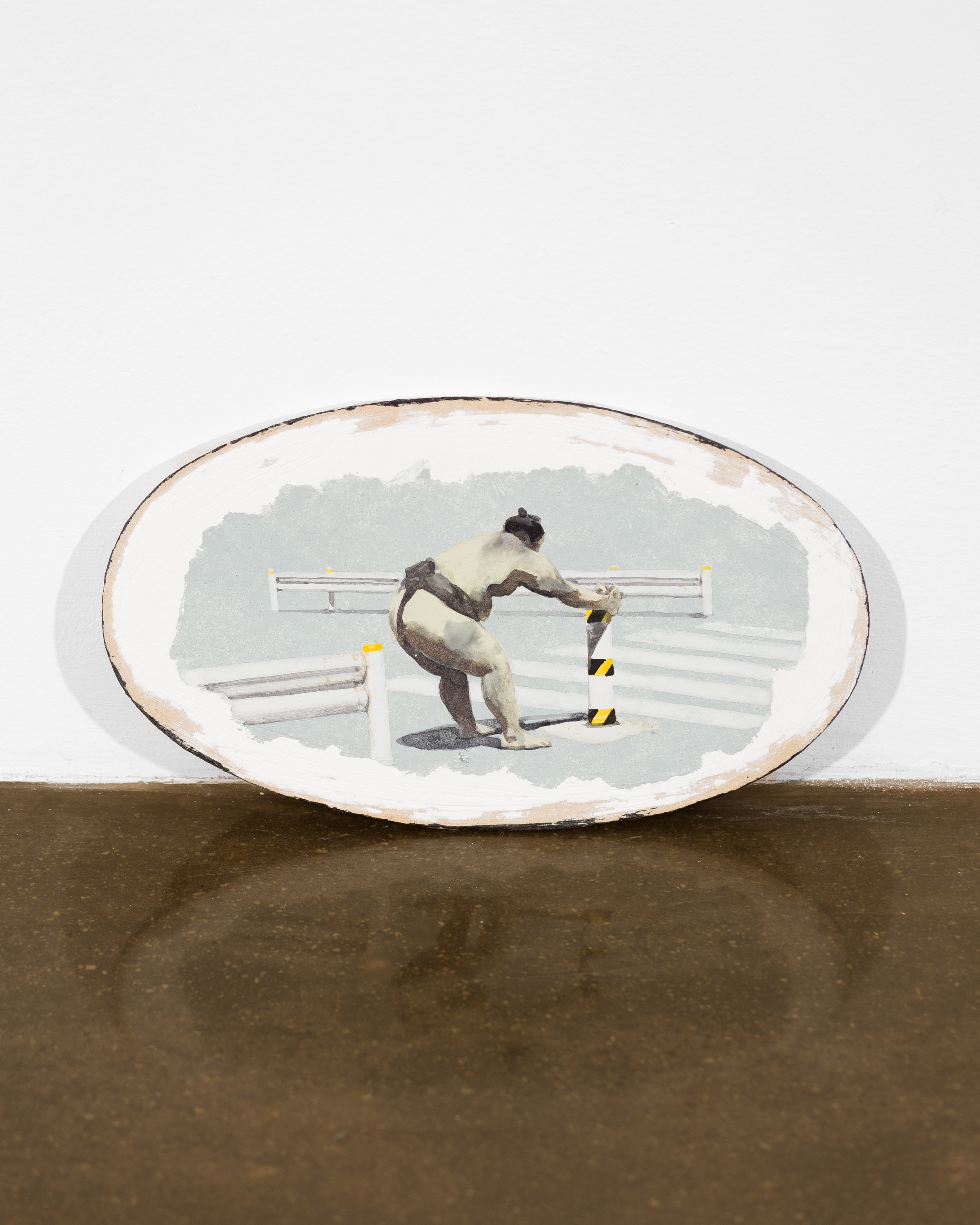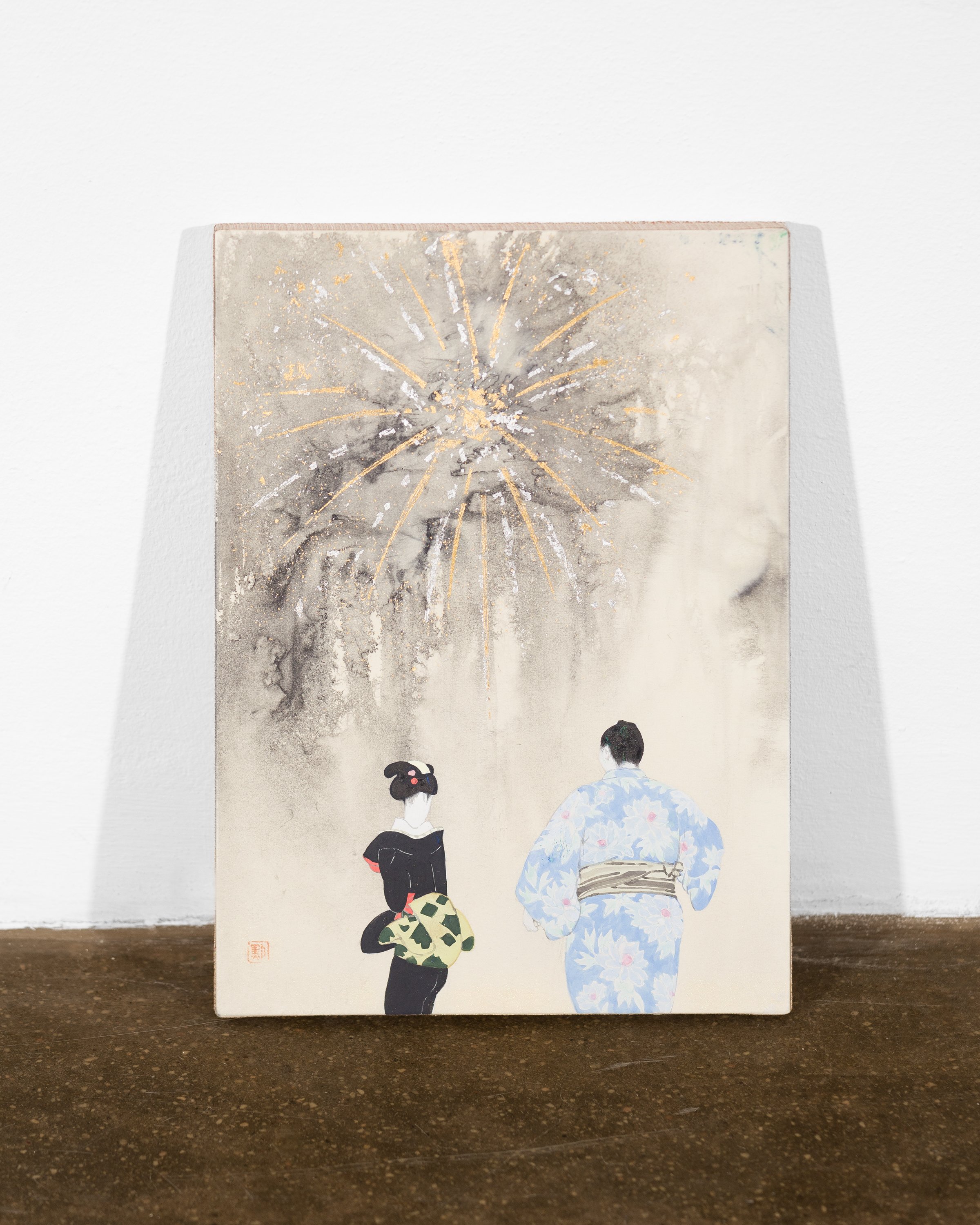Hiroyuki Kimura
Japanese series
HIDDEN Bořivojova
28.6. / 1. 9. 2024
I am delighted to announce our new series at HIDDEN Bořivojova, spotlighting contemporary Japanese artists. This year, the series will feature several exhibitions, beginning with the artists Hiroyuki Kimura from Tokyo.
A graduate of Tama Art University’s Department of Japanese Painting in 2003, Kimura has exhibited his art in both solo and group exhibitions worldwide. His notable solo exhibitions include shows at Toki Art Space in Tokyo and Galerie Hexagone in Aachen, Germany.
His international presence continued to grow with exhibitions in Sweden and Romania, including a residency at the Drothea Fleiss & East West Artist in Ardud. Kimura's work has been featured in prestigious art fairs such as Art Cologne and significant venues like the Ikeda Art Museum.
With upcoming shows in Italy and major Japanese cities, Hiroyuki Kimura remains a vital force in contemporary Japanese art, continually exploring and expressing the rich cultural heritage of Japan through his innovative works.
Sumo is a Japanese national sport, but it is more than just that – it has a very special significance for all Japanese.
For example, the ceremonial leg raising and stomping before each sumo bout is believed to crush evil spirits in the ground beneath so that the earth becomes fruitful. Leg raising and stomping on the ground also holds a meaning of success in the production of crops and settling down with a family. The traditional custom where a Japanese wrestler holds a baby to pray for its healthy development is still a popular pastime. This ceremony, where the baby is held by a wrestler who symbolizes health and prosperity, aims to ensure the fruitfulness of children and grandchildren.
As most of the actions and customs involved in sumo have deep meanings, sumo matches can be regarded not only as competitive sport, but also as ceremonies to pray for human development. Sumo embodies the wisdom which ancient Japanese people needed to sustain themselves in health under harsh natural conditions. This is why sumo was practiced, purifying the precious Earth with water and salt, and compacting the ground, so that they could live in good health forever. Sumo is the Japanese way of saying “thank you” to nature and wishing for human prosperity.
I create these artworks by sketching daily exercises, practicing sumo myself, and involving myself spiritually in the sumo rituals as much as possible. I wish to express all the fervent emotions found in sumo, the crystallization of Japanese culture, in paintings. I hope that you too will feel the brilliance of the wrestlers in the ring.
— Hiroyuki Kimura
Hiroyuki Kimura presents his collection of 30 small drawings, titled “Positive Hand”.
These artworks were made by applying ink to his palm and then pressing it onto paper. He then used a brush to emphasize the contours, creating dynamic images of sumo wrestlers in action. These pieces were drawn live during sumo matches, making them a form of reportage drawing.
This method of palm printing is inspired by an ancient Chinese finger painting technique, where only fingers were used for painting. This technique has deep roots in Chinese history and was often used to create detailed and expressive artworks.
Kimura’s primary inspiration, however, comes from the prehistoric paintings in the Chauvet Cave in France. These paintings, which are over 30,000 years old, include negative handprints created by blowing pigments around hands pressed against the cave walls. This produced negative images of hands that continue to fascinate with their simplicity and depth. Kimura has reversed this concept by creating positive handprints, adding a unique and modern touch to his works.
This collection not only pays homage to traditional techniques but also provides an innovative way to capture the strength and elegance of sumo wrestlers.
These works have also been exhibited in Japan.
During his recent visit, Hiroyuki Kimura treated us to a live performance.
Using two types of ink he created stunning artwork in five minutes. The inks used were sepia and carbon-based, adding unique textures and depth to his work.
Kimura's performance involved painting a sumo wrestling match on a large sheet of paper, approximately 120x80 cm. As he painted, accompanied by his own music, the audience initially saw what appeared to be random strokes. However, when viewed from Kimura's perspective, the image of two sumo wrestlers in combat became clear. This performance was repeated three times that evening, each time mesmerizing the audience.
In traditional Japanese fashion, Kimura used his personal seal instead of a signature, stamping his completed artwork. This seal, visible on his pieces, adds an authentic touch to his creations.
Video
This stunning pieces are crafted with gold.
In traditional Japanese homes, where paper (shoji) is used instead of glass in windows, the light is softer and more subdued. Gold in art plays a crucial role here, reflecting light and adding brightness to the spaces. This technique has been popular since the Heian and Edo periods and continues to bring a sense of luxury and elegance.
Those artworks are also created using the following mediums: Gold Washi, Board, Pigment Ink, Chalk, and Mica. The use of Gold Washi paper, a high-quality handmade paper, adds a delicate texture and enhances the reflective qualities of the gold. Pigment ink provides rich, lasting colors, while chalk and mica add depth and dimension to the piece.
Kimura captures scenes of sumo wrestlers in various environments, emphasizing the contrast between tradition and modernity.
Each painting in this collection is titled with a specific time of day. Some of the depicted scenes are based on real-life observations that Kimura has either remembered or photographed. Other scenes are imagined, yet still carry a timestamp. This approach creates a diary-like quality to the painting, leaving viewers uncertain whether the events actually occurred or are figments of Kimura's imagination.
Sumo wrestlers are required to wear traditional kimono when in public, a fact that Kimura highlights to show the striking contrast between the ancient traditions of sumo and the contemporary settings they navigate.
The pigments used in these artworks are prepared using a traditional method where stones are ground into powder, mixed with pigments, and combined with glue to create a paint. This method ensures rich, vibrant colors that bring depth and life to the paintings.


























